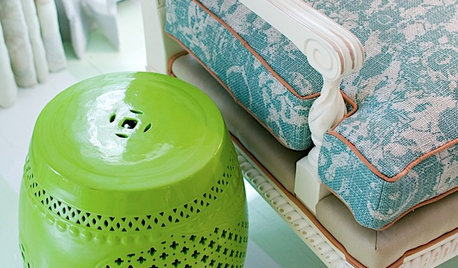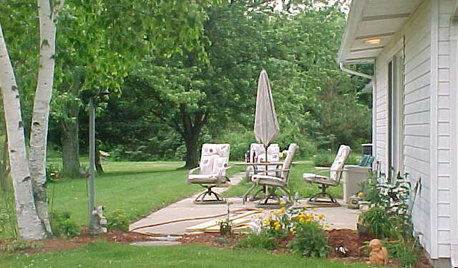HELP!!! Hardwood Floors Cupping
kathy50
13 years ago
Featured Answer
Comments (12)
woodfloorpro
13 years agoRelated Professionals
Dublin Flooring Contractors · Little Falls Flooring Contractors · Monroe Flooring Contractors · Toledo Flooring Contractors · West Bend Flooring Contractors · Berkeley General Contractors · Coos Bay General Contractors · Everett General Contractors · Jamestown General Contractors · Kilgore General Contractors · Kyle General Contractors · Mount Prospect General Contractors · Springfield General Contractors · West Mifflin General Contractors · Westerly General Contractorskathy50
13 years agokathy50
13 years agowoodfloorpro
13 years agobrickeyee
13 years agolivingdesignbuilders_gmail_com
13 years agobrickeyee
13 years agoschuezz
7 years agoCancork Floor Inc.
7 years agonikki1307
7 years agoCancork Floor Inc.
7 years ago
Related Stories

MATERIALSWhat to Ask Before Choosing a Hardwood Floor
We give you the details on cost, installation, wood varieties and more to help you pick the right hardwood flooring
Full Story
DECORATING GUIDESThe Most Helpful Furniture Piece You May Ever Own
Use it as a table, a seat, a display space, a footrest ... and indoors or out. Meet the ever-versatile Chinese garden stool
Full Story
STANDARD MEASUREMENTSThe Right Dimensions for Your Porch
Depth, width, proportion and detailing all contribute to the comfort and functionality of this transitional space
Full Story
HOUSEKEEPINGHow to Clean Hardwood Floors
Gleaming wood floors are a thing of beauty. Find out how to keep them that way
Full Story

SELLING YOUR HOUSE5 Savvy Fixes to Help Your Home Sell
Get the maximum return on your spruce-up dollars by putting your money in the areas buyers care most about
Full Story
BATHROOM WORKBOOKStandard Fixture Dimensions and Measurements for a Primary Bath
Create a luxe bathroom that functions well with these key measurements and layout tips
Full Story
LIFE12 House-Hunting Tips to Help You Make the Right Choice
Stay organized and focused on your quest for a new home, to make the search easier and avoid surprises later
Full Story
SELLING YOUR HOUSE10 Tricks to Help Your Bathroom Sell Your House
As with the kitchen, the bathroom is always a high priority for home buyers. Here’s how to showcase your bathroom so it looks its best
Full Story
SELLING YOUR HOUSE10 Low-Cost Tweaks to Help Your Home Sell
Put these inexpensive but invaluable fixes on your to-do list before you put your home on the market
Full Story








boxers